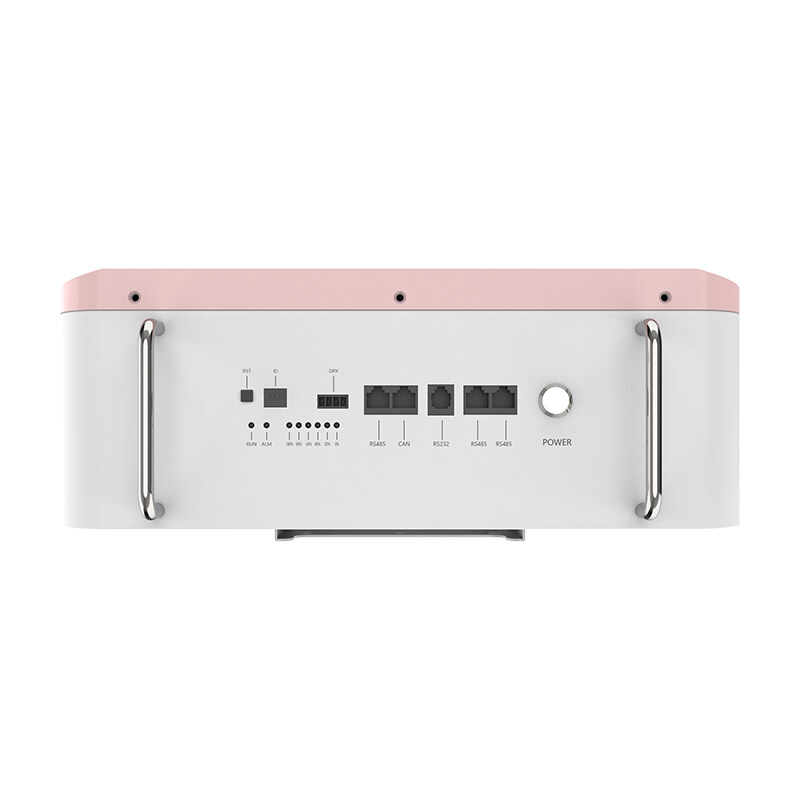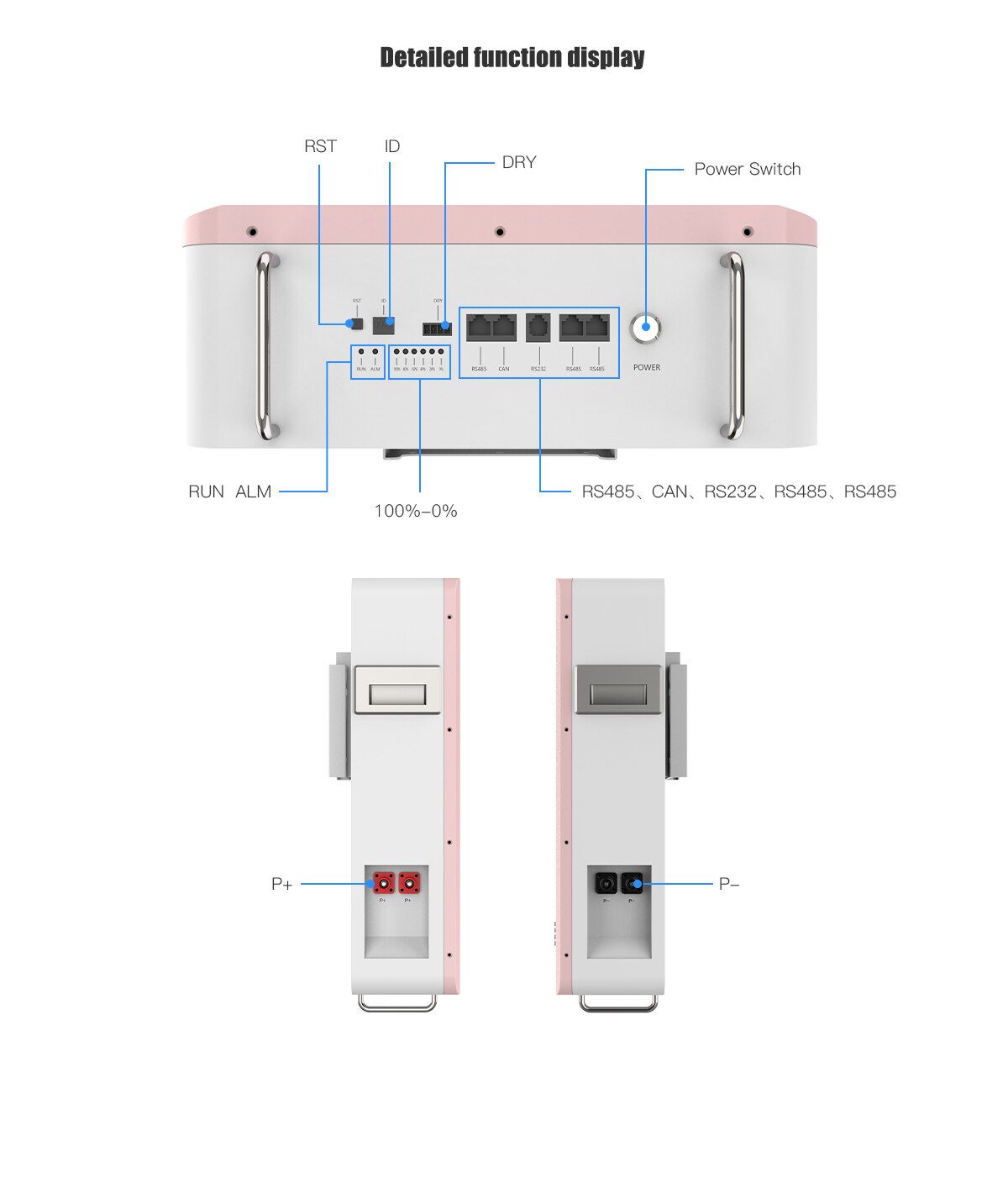Email format error
Email cannot be empty
Email already exists
6-20 characters(letters plus numbers only)
The password is inconsistent
Email format error
Email cannot be empty
Email does not exist
6-20 characters(letters plus numbers only)
The password is inconsistent







Powerwall is wall-mounted, attractive, and comes with a 10-year warranty. We chose to include Powerwall in our high-quality solar systems because we believe it is one of the safest, best-performing, and most cost-effective products on the market. It is also extremely simple to maintain because it requires no intervention once installed.
How does a Powerwall Battery Work?
In basic terms, sunlight is captured by your solar panels and then converted into energy that you can use for your home. As that energy flows into your house, it is used by your appliances, and any excess energy is stored in the Powerwall. Once the Powerwall is fully charged, additional electricity your system generates on top of that is sent back to the grid. When the sun goes down and your solar panels are not producing energy, your Powerwall will provide electricity to power your home.

Why Should I Choose our Powerwall battery?
Powerwall is wall-mounted, attractive, and comes with a warranty of up to 10 years. We have chosen to supply Powerwall as part of our high-quality solar systems as we know it is one of the safest, best-performing, and cost-effective products on the market. It is also extremely easy to maintain requiring no intervention once installed.
Product Parameters
| Model | HS-BG3000W |
| Rated Voltage(V) | 51.2 |
| Rated Capacity(Ah) | 70 |
| Rated Energy(Wh) | 3584 |
| Voltage Range(V) | 44.8-56 |
| Charge Voltage Range(V) | 55.2-56 |
| Cut-off Voltage(V) | 44.8 |
| Recommend Charge Current(A) | 30 |
| Max Charge Current(A) | 60 |
| Max Discharge Current(A) | 60 |
| Dimension:L*W*H(mm) | 374*138*530 |
| Weight(kg) | 32 |
| Communication Port | RS485、CAN |
| Display | LED+LCD |
| Terminal | Plug-in |
| Compatible inverter | Growatt, Goodwe, Sol-Ark, SRNE,DEYE |
| Humidity(%) | 5-95% RH |
| Charge Temperature Range(℃) | 0-45 |
| Discharge Temperature Range(℃) | -20-60 |
| Storage Temperature Range(℃) | -20-45 |
| Cycle Life | >6000 (0.5C@ 25℃,80% DOD) |
| Design Life (Year) | 15 |
| Safety & Certification | CE,EMC,TUV(IEC62619),UL1973 |
| Transportation | UN38.3 |

Can you Set Powerwall Charging Priorities?
Various consumption modes set priorities for charging and consuming that you can program your Powerwall to from the app.
Backup Only -- All the energy in your Powerwall is saved for those rainy days when you need emergency backup power
Self Powered -- Power your home with energy stored from your solar system after the sun sets
Balanced Time-Based Control -- Power your home when the sun goes down, and avoid expensive on-peak electricity rates by using electricity stored in your solar system
Cost-Saving Time-Based Control -- Maximize your savings by using stored, low-cost, off-peak energy during expensive, on-peak hours.


Do I need PV/Solar to operate Powerwall?
No. Powerwall can be charged using AC power from the grid or a generator. We also offer the Solar Charge Pack, which includes a home battery, inverter system, and solar PV which can be used for load shifting or backup power.
How many Powerwalls do I need?
We’re seriously not trying to dodge this question, but it is different on a site-to-site basis and from a personal preference. For most systems, we install 2 or 3 power walls. The total number is a personal choice depending on how much power you want or need to store and what types of devices you hope to switch on during a grid outage. Each of our systems is fully customized to maximize the homeowner’s financial benefit and reach their goals. To get a full picture of how many power walls you might need, we would need to have an in-depth conversation about your objectives and review your average consumption history.

How long does a Powerwall battery last on one charge?
It depends on what you use. Let’s just say you won’t be blasting your AC if the power goes off at night. A more realistic assumption for one Powerwall would be to run ten 100-watt light bulbs for 12 hours (without recharging the battery).